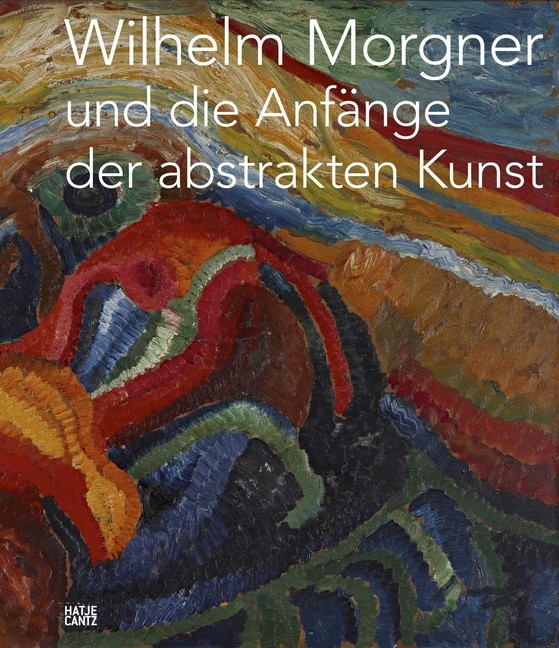Ulteriori informazioni
Wilhelm Morgner (1891-1917) gehört zu den ganz wenigen Künstlern der europäischen Avantgarde, der schon vor 1914 als junger Künstler einen ganz eigenständigen Weg in die Abstraktion fand. Ihm blieben allerdings nur wenige Jahre für sein künstlerisches Werk, da er schon 1917 im Ersten Weltkrieg fiel. Anlass dieser Publikation ist der 100. Todestag Morgners 2017. Ausgangspunkt seines künstlerischen Weges war die expressionistische Vorstellung vom Künstler als Ausnahmemenschen, der sich von der Tradition befreit und aus sich selbst heraus eine neue Kunst schafft. Später wird er sich theosophisch-anthroposophischen Vorstellungen nähern, die ihn zur abstrakten Kunst führen - wie Kandinsky, Marc, Frantisek Kupka und Piet Mondrian, die im Buch mit vergleichbaren Arbeiten vorgestellt werden. So fügen sich Morgners Bilder in eine europäische Kunstströmung ein, die vor 1914 ganz entscheidend die Entwicklung zur abstrakte Kunst einleitete.
Riassunto
Wilhelm Morgner (1891–1917) is one of the few artists of the European avant-garde to find his own way to abstraction before 1914. Only a few years thereafter remained for his artistic work, however, as he was killed in action in 1917 during World War I. The occasion for this publication is the hundredth anniversary of Morgner’s death in 2017.
The starting point of his artistic path was the Expressionist concept of the artist as an exceptional individual who liberates himself from tradition to create a new kind of art on his own accord. He would later show an interest in theosophy and anthroposophy, which led him to abstract art—like Vassily Kandinsky, Franz Marc, František Kupka, and Piet Mondrian, who are also presented in the book with comparable works. Thus Morgner’s paintings fall into line with a European art movement that decisively contributed to the development of abstract art prior to 1914.

